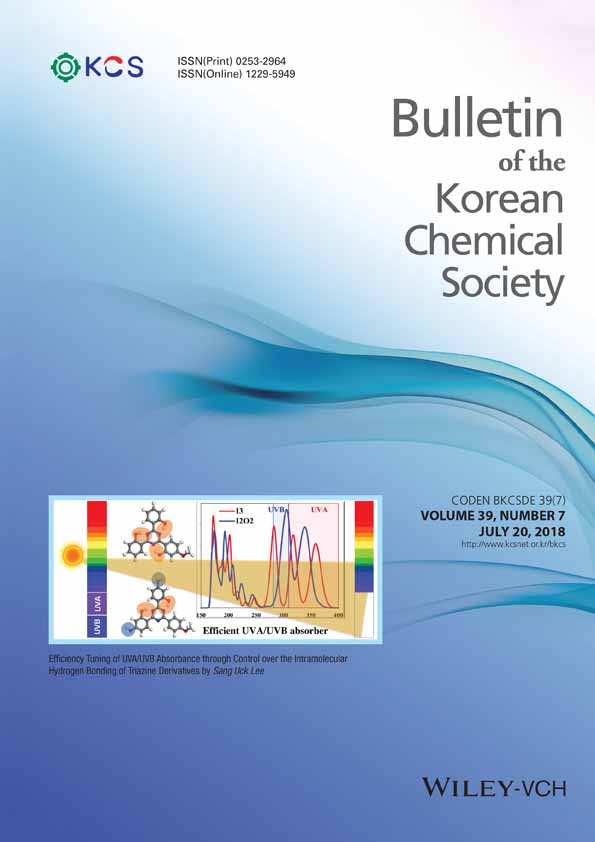Monitoring of Epidermal Growth Factor Degradation Products by High-Performance Liquid Chromatography
Abstract
Epidermal growth factor (EGF) has an anti-aging effect of skin. In this study, a HPLC method was developed to monitor of EGF degradation products from pure EGF as a cosmetic raw material. The optimized mobile phase was 7.5 mM sodium phosphate buffer (pH 6.8) at flow rate of 0.6 mL/min. In the method validation of pure EGF, it showed good linearity (r ≥ 0.999) with a detection limit of 0.5 ng/mL. Intra- and inter-day repeatability as a percentage of relative standard deviation (%RSD) varied from 0.01-2.1, and accuracy was 1.1 as the percentage of relative error (%RE). Under optimized conditions, four peaks of pure EGF and three degradation products were observed after storage at room temperature for 12 days. Pure EGF represented as 97.78 ± 0.03% from the total area of the four peaks, whereas the three unknown peaks showed as 0.53 ± 0.01%, 0.61 ± 0.01%, and 1.08 ± 0.01%, respectively. The present method will be useful for the purity and stability tests of EGF in cosmetic materials and products.




